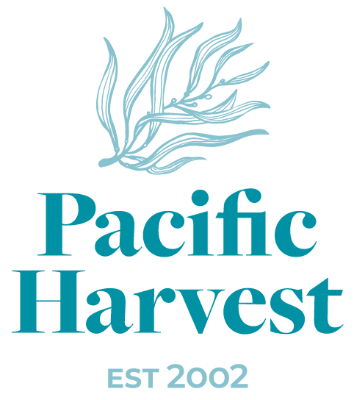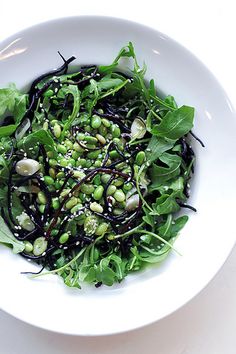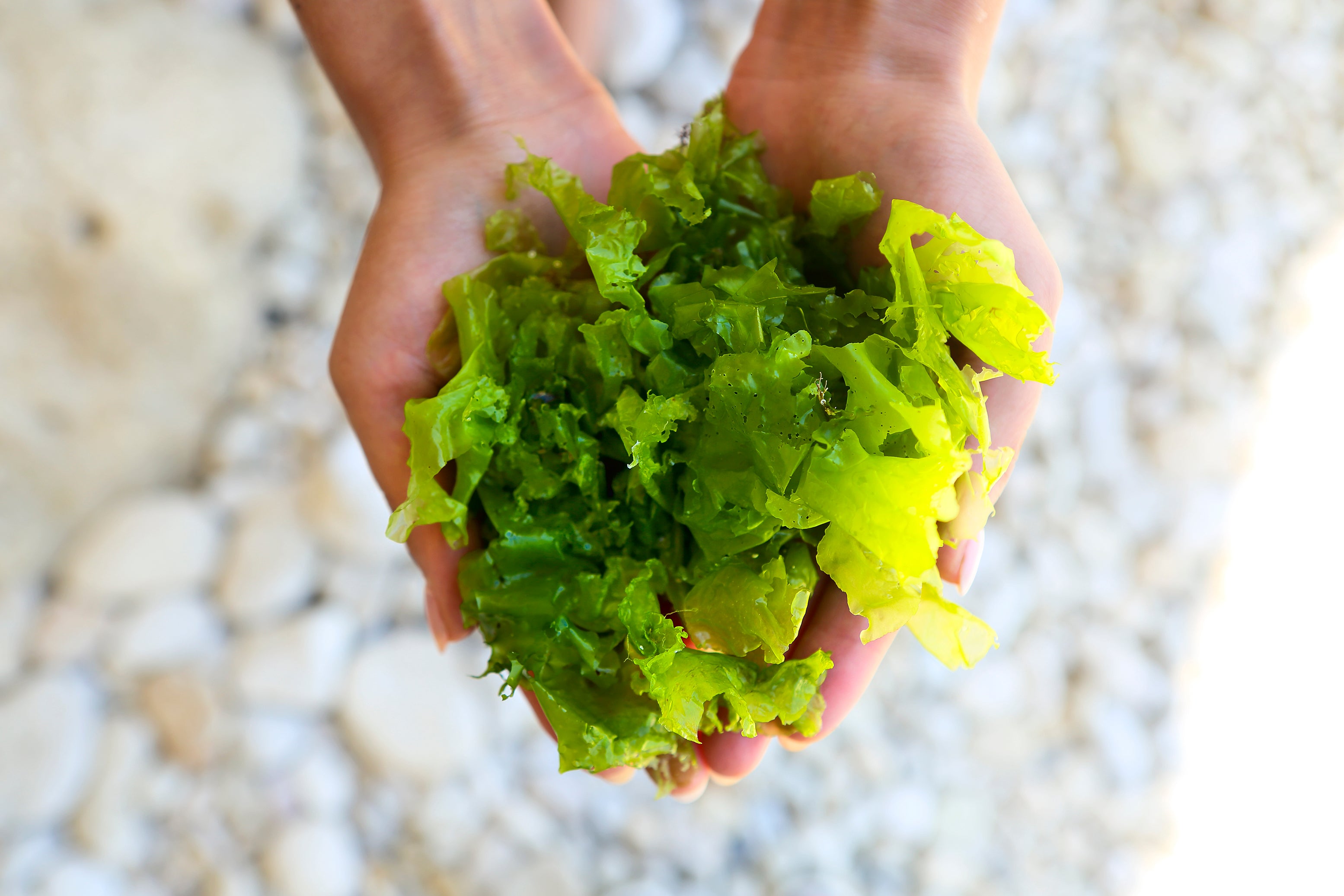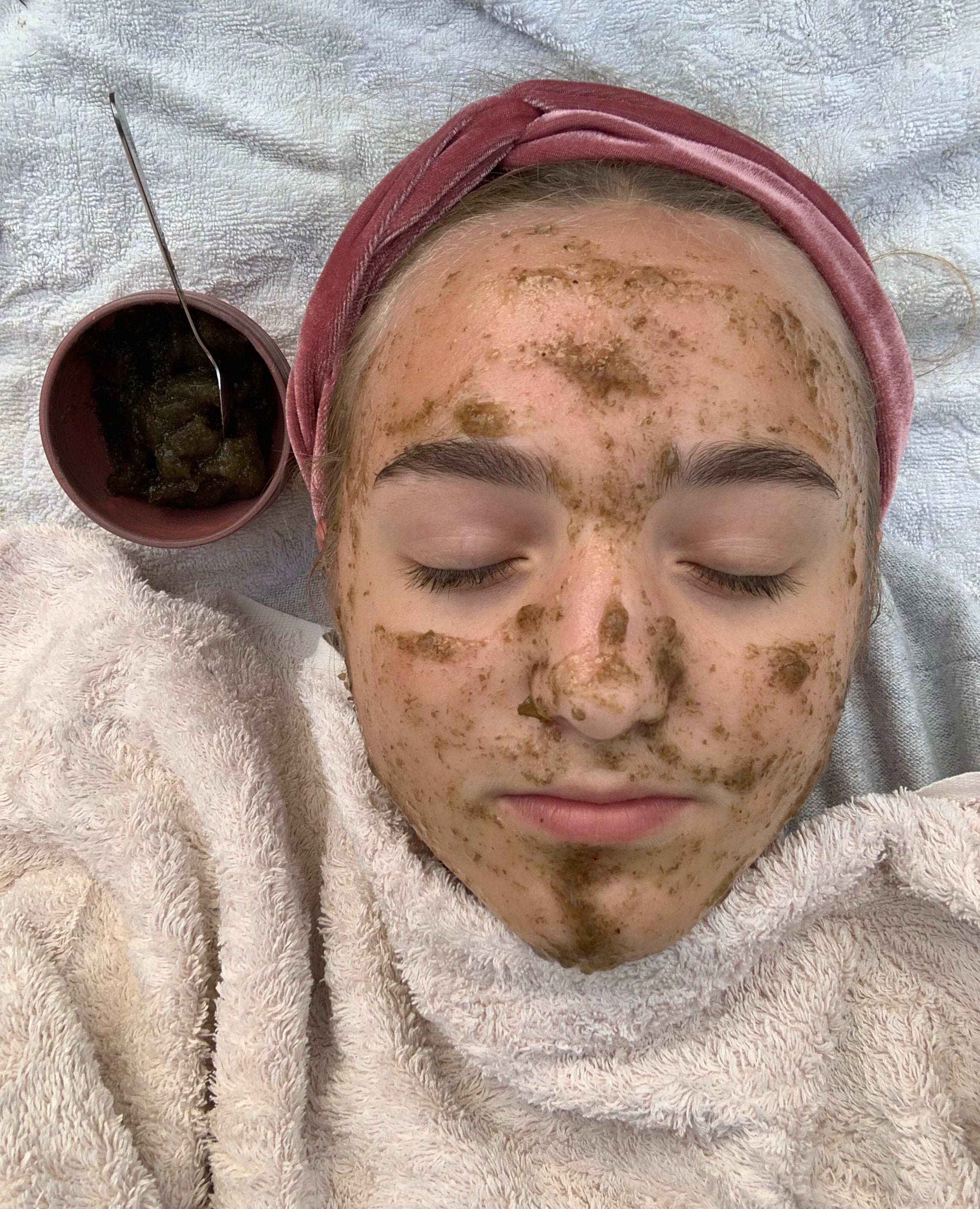Sea Spaghetti is a popular seaweed with ‘foodies’ who seek interesting textures, flavours and strong visual appeal on their plates. In this short article, learn all you need to know about working with Sea Spaghetti.
Sea Spaghetti is named after its spaghetti shape! It can sometimes be called “thong weed” or “sea thong”. It’s a brown seaweed commonly found in the northeast Atlantic Ocean and the North Sea. It grows from a disc that puts out two main branches, starting to grow in the northern autumn and winter. It can grow up to 2m tall and die back after reproduction.
The species Pacific Harvest offers is called Himanthalia elongata, and it’s harvested from organically certified areas in Europe because it does not grow in the southern hemisphere.
We offer sea spaghetti because it is delicious, nourishing, and visually striking.
Flavourful - Naturally, it has a more salty flavour than other seaweeds. However, the taste of sea spaghetti can be altered depending on how you prepare it. Generally, Sea Spaghetti adds a beefy flavour to soups, stews and casseroles but can be ‘nutty-like’ when used in salads and pasta.
Mineral-rich Sea Spaghetti - It’s extremely rich in nutrients (offers an excellent source of iodine, and magnesium & calcium, depending on when it was harvested and dried) and naturally gluten-free. It provides high fibre, low carbohydrate, and low calories, and as long as it has been sustainably harvested, it is very eco-friendly!
Visually striking - it's dark colour and spaghetti-like shape adds solid visual contrast in meals. The colour will lighten as it rehydrates, and the size will expand.
Download our recipe brochure here.
Sea Spaghetti can be eaten on its own or mixed with spaghetti to add variety, colour, taste and texture. You can rehydrate it in your cooking (for example, a soup) or soak it prior. Sea Spaghetti has a relatively high sodium level, but the soaking period should diminish the saltiness.
Preparation: Soak Sea Spaghetti in fresh water for +20 minutes before cooking. Marinate it for 10 to 20 minutes in lemon juice or ginger tea. The acidity can help reduce the cooking time required and add a lovely flavour.

Use sea spaghetti in salads, soups, desserts, or to complement a pasta bowl (subtly increasing the plant content!). Or simmer it and serve with a bit of olive oil, melted butter, spices, or seasoning of your choice. It has the texture of al dente spaghetti.
Recipe ideas include cookies, fish with sea spaghetti, and bean salads. Browse our recipe section for inspiration.




